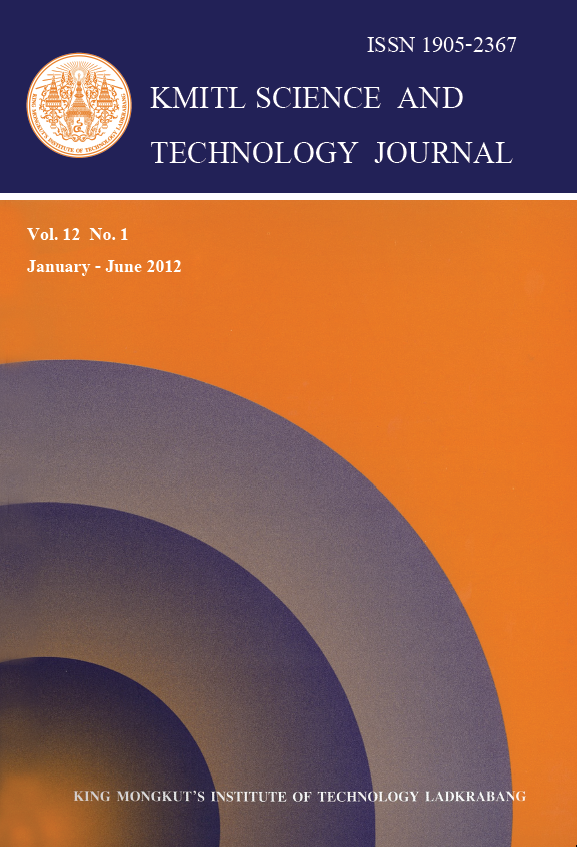The impact of turmeric extract (TE), fermented vinegar (FV) and the mixture (TE-FV) on reduction of Salmonella Typhimurium (ST) on lettuce was investigated. The TE-FV solution consisting of 0.05 mg/ml TE and 1.7% v/v FV, with pH 3.8 provided more impact of ST reduction on fresh lettuce than individual use of TE or FV (p ≤ 0.05). The results showed that the ST was gradually decreased for 3 log cycles from 7.11+0.1 log CFU/g to 3.60+0.1 log CFU/g after treatment of high inoculated ST (7.11+0.1 log CFU/g) by TE-FV for 20 min. Simultaneously, the complete inhibition of low level ST which initially inoculated for 3.14+0.1 log CFU/g was found. By the use of scanning electron microscope, it could be observed that the limit of ST inhibition was due to the irregularities of ST attachment on lettuce leaves. Moreover, the appearance change of un-inoculated lettuce leaves treated with TE-FV for 20 min was investigated. The slight changes in crispiness of lettuce leaves was generally noticed after storing at 4oC for 4 days. Therefore, it indicated that TE-FV solution has potential applicability as a natural sanitizer for improvements of microbiological quality and safety of fresh and fresh-cut fruits as well as vegetables in retail-catering industrial.
Keywords: turmeric extract, fermented vinegar, Salmonella Typhimurium, lettuce
E-mail: kkwaranu@kmitl.ac.th
Krusong*, W. ., Dansai, P. ., & Itharat, A. . (2018). Combination Impact of Turmeric Extract and Fermented Vinegar on Reduction of Inoculated Salmonella Typhimurium on Fresh Lettuce. CURRENT APPLIED SCIENCE AND TECHNOLOGY, 77-84.

https://cast.kmitl.ac.th/articles/136385